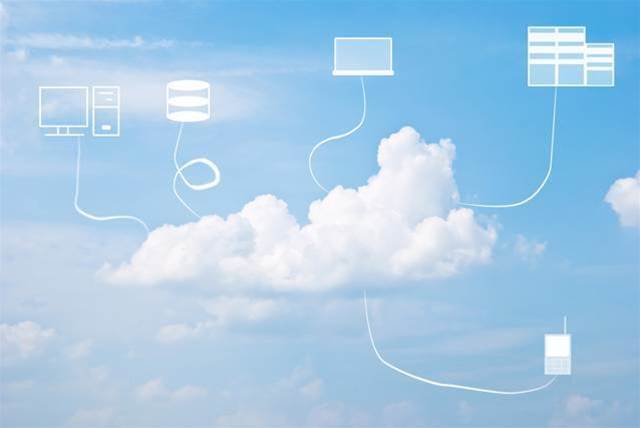Electronic document sharing and collaboration can be a problematic activity today. File compatibility, formatting, version control and editing become a potential headache for anyone trying to collaboratively share documents. For example, a research paper might look fine in Apple’s Pages, but it may fail to open or display properly in Microsoft’s Word. Or a document created in Microsoft Excel can be difficult to open if the recipient is using Sheets by Google Drive. A viable solution to this problem is to utilize an open standard format.
According to Eric C. McCreath and Robert Edwards of Business IT, “The way forward to avoid any compatibility issues is open standard formats that any person or organisation can develop office applications for, whether these are Free and Open Source Software (FOSS) applications or proprietary ones. This levels the playing field and makes sharing office documents easier and less expensive.”
One open standard that is gaining recognition is the Open Document Format (ODF) which was introduced by the Organization for the Advancement of Structured Information Standards (OASIS). OASIS is a not-for-profit global consortium, that endorses the open adoption of e-business standards. OASIS key players include SunMicrosystems (now with Oracle) and IBM. ODF documents can be recognized by their filename extensions, which include:
-
.odt and .fodt for word processing
-
.ods and .fods for spreadsheets
-
.odp and .fodp for presentations
-
.odg and .fodg for graphics
There are a variety of benefits associated with using ODF. First, ODF has been approved by both the International Organization for Standardization (ISO) and the International Electrotechnical Commision (IEC) as an international standard for office software. Second, the ODF format can be easily integrated with the following office software applications:
-
StarOffice
-
Microsoft Office since 2008
-
LibreOffice
-
Google Docs
*Note: Conflicting information is available on ODF integration with Google Docs. While the original article indicates support, along with Wikipedia, this article says “NO”, and this support thread indicates there is some integration.text
This means that any document that has been created as an ODF in any of these applications can be shared and opened in any other application and it will appear and act just as the owner intended it to. The ODF specification is available at no cost from OASIS, so it can be read and implemented for free.
As mentioned earlier, various international governments and organizations have adopted ODF as their format for creating and sharing documents. The UK’s adoption of ODF and the Australian government’s work towards using ODF can provide helpful insight into the benefits of ODF.
Do you think we will see a movement of more governments and international organizations moving towards ODF? What do you think the benefits will be? Is there a downside to using ODF?

